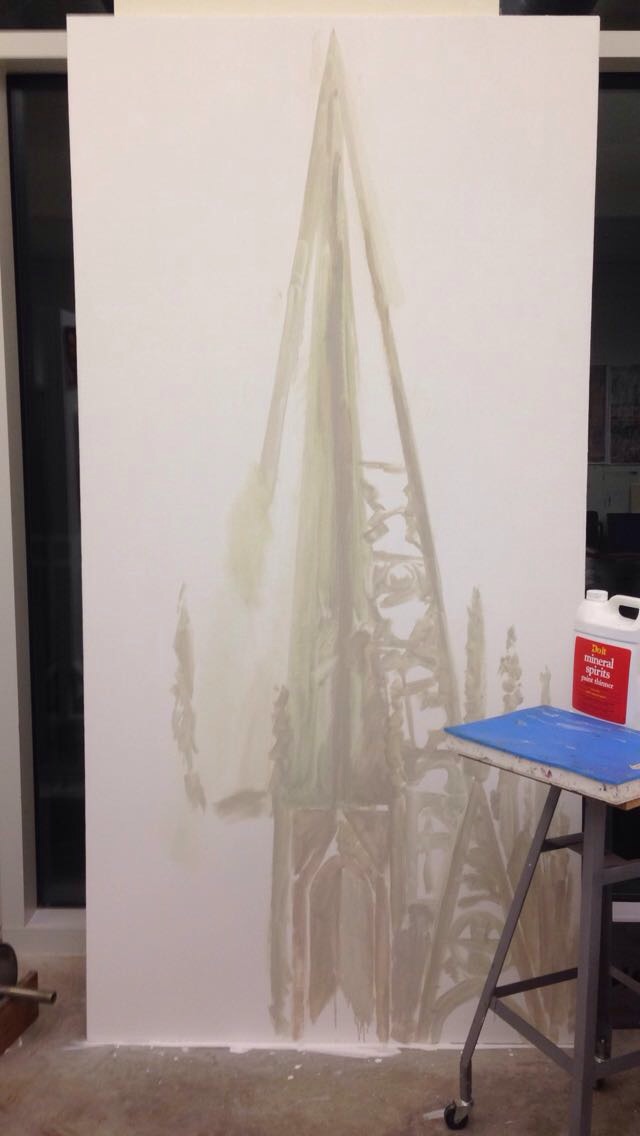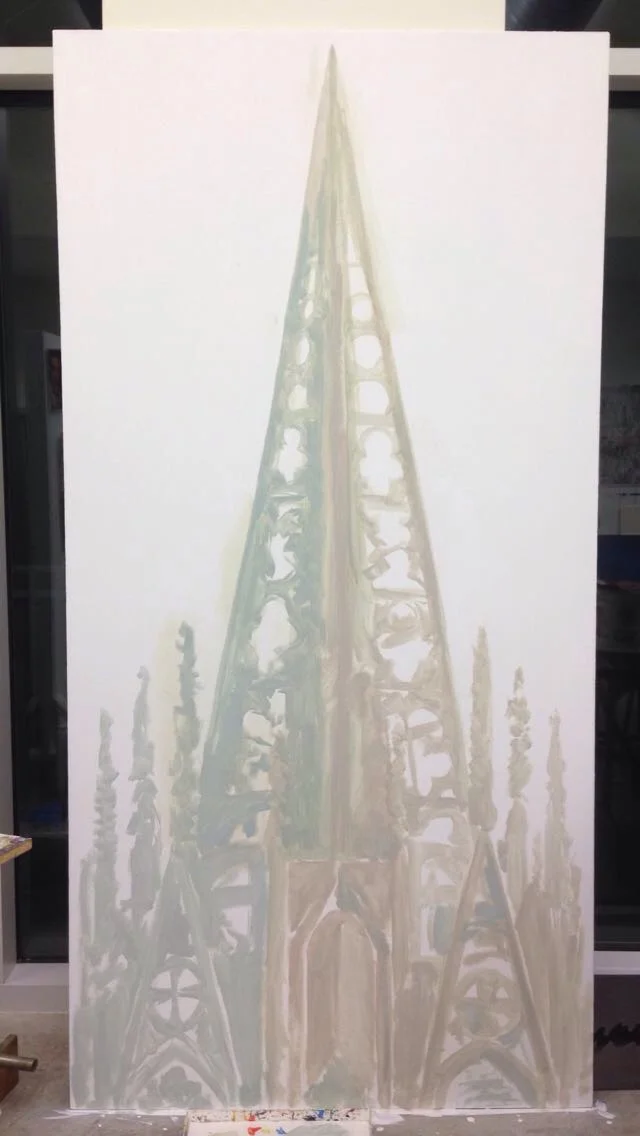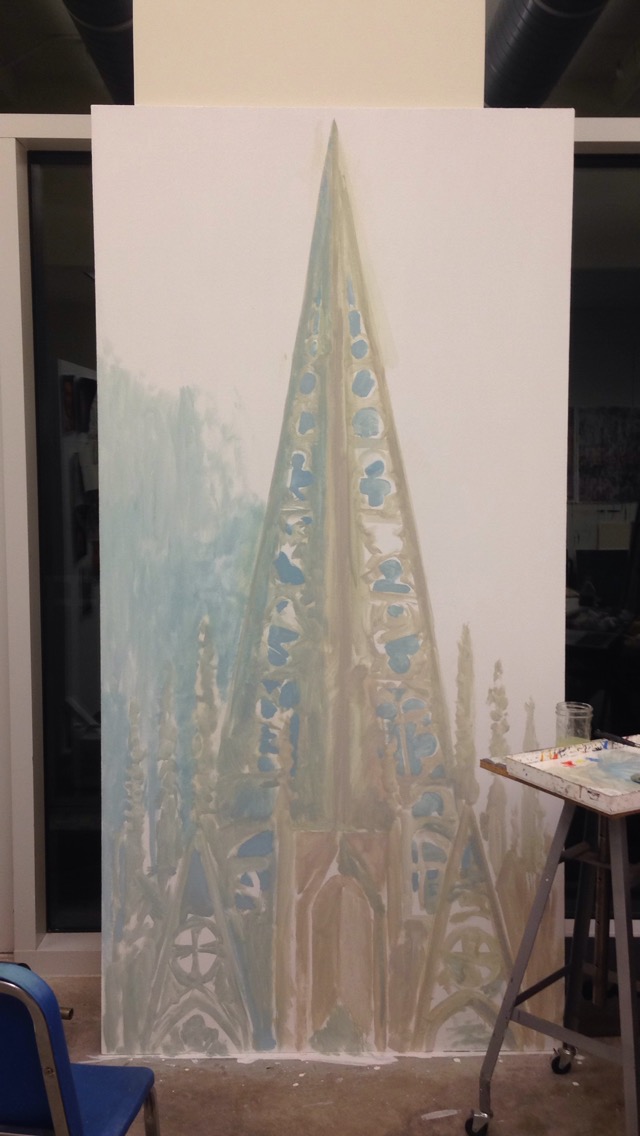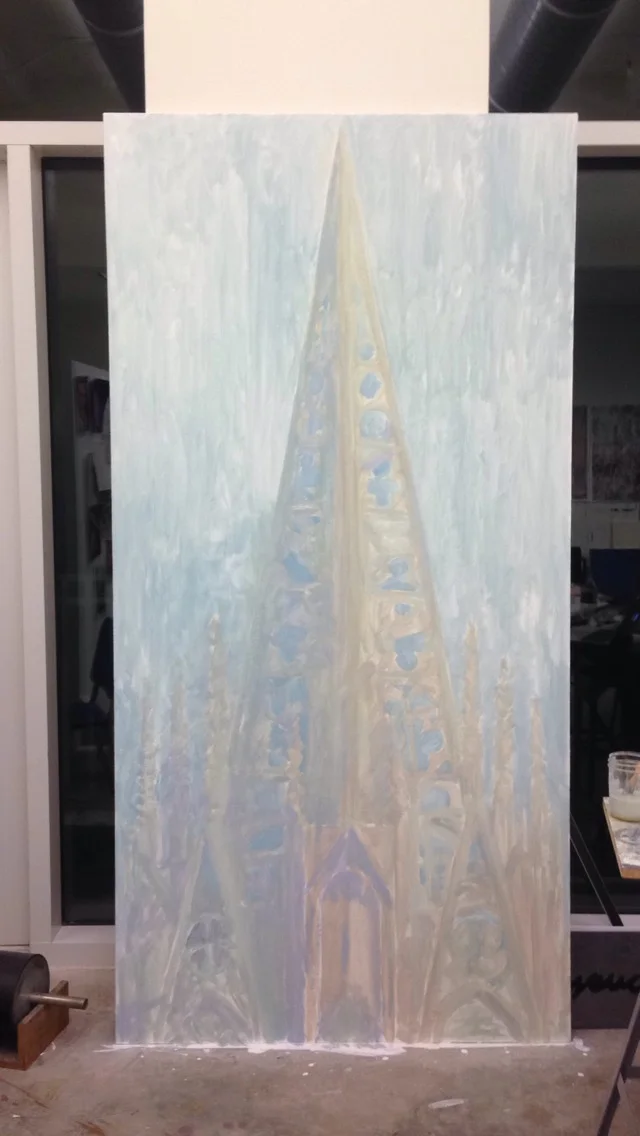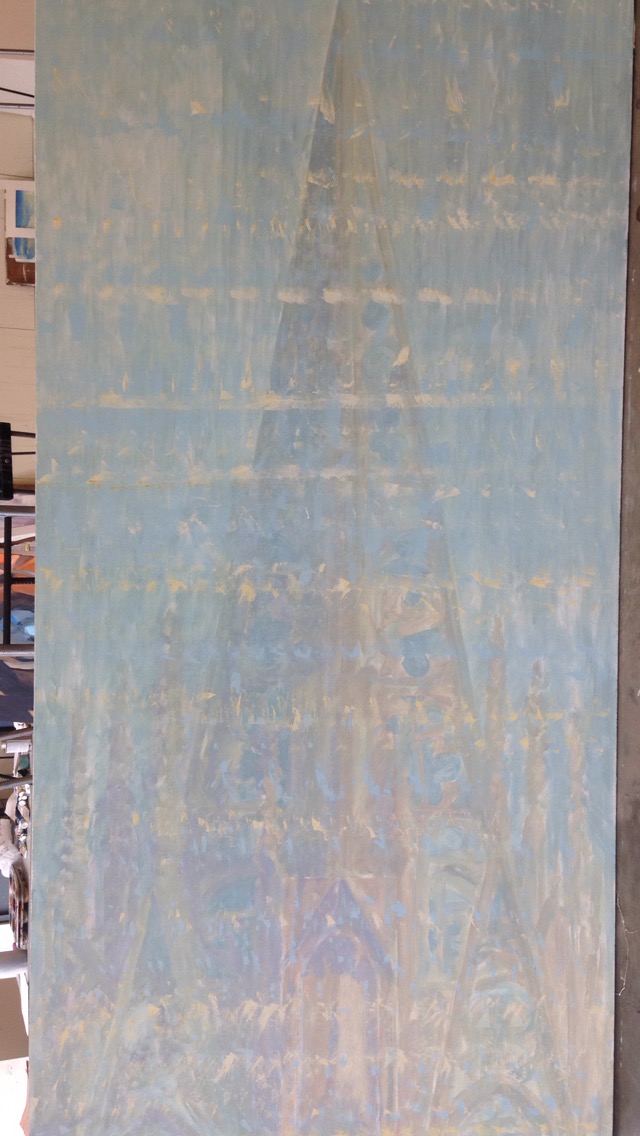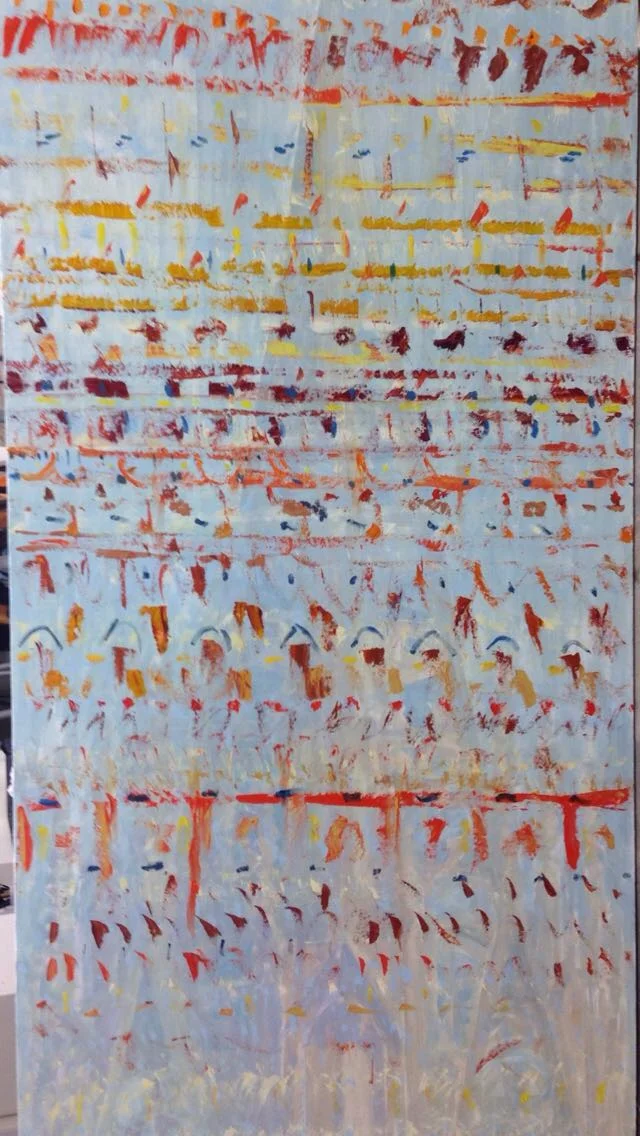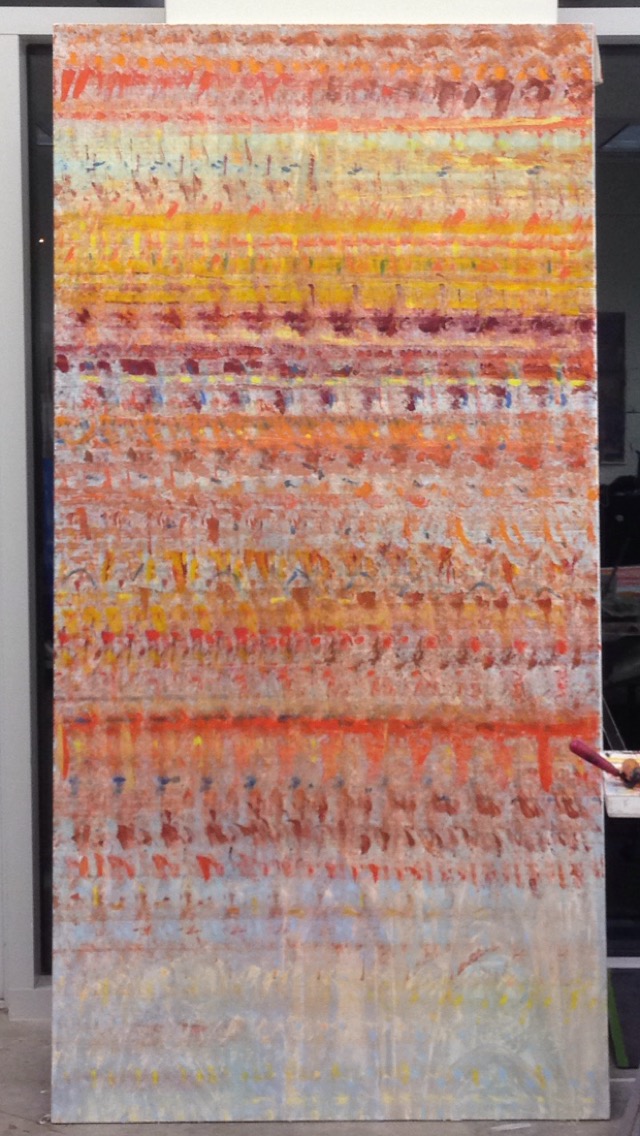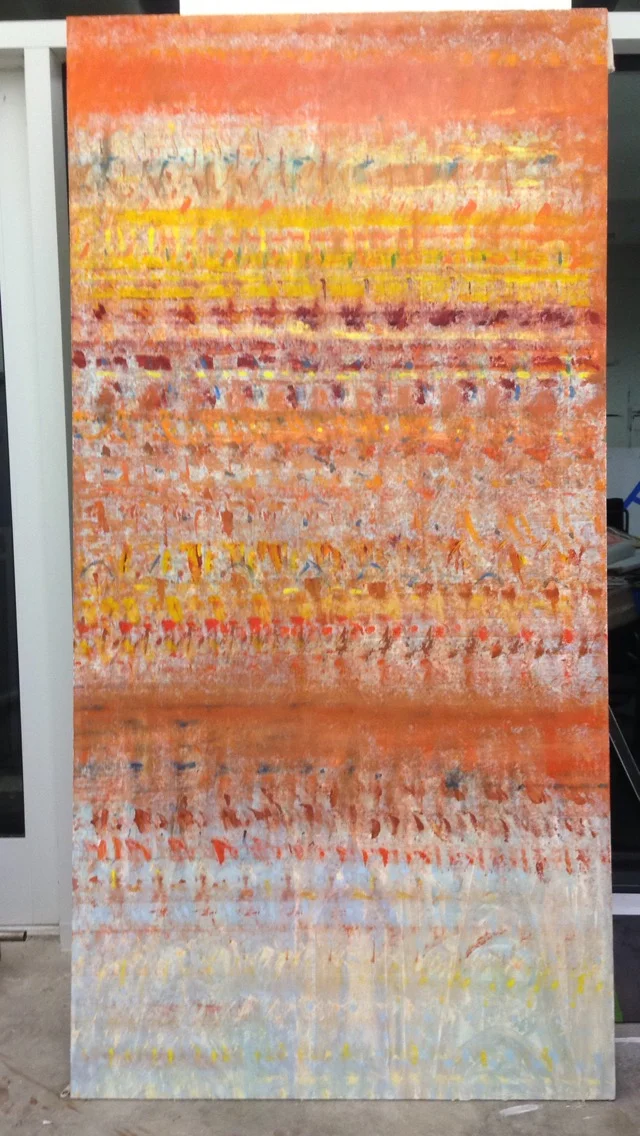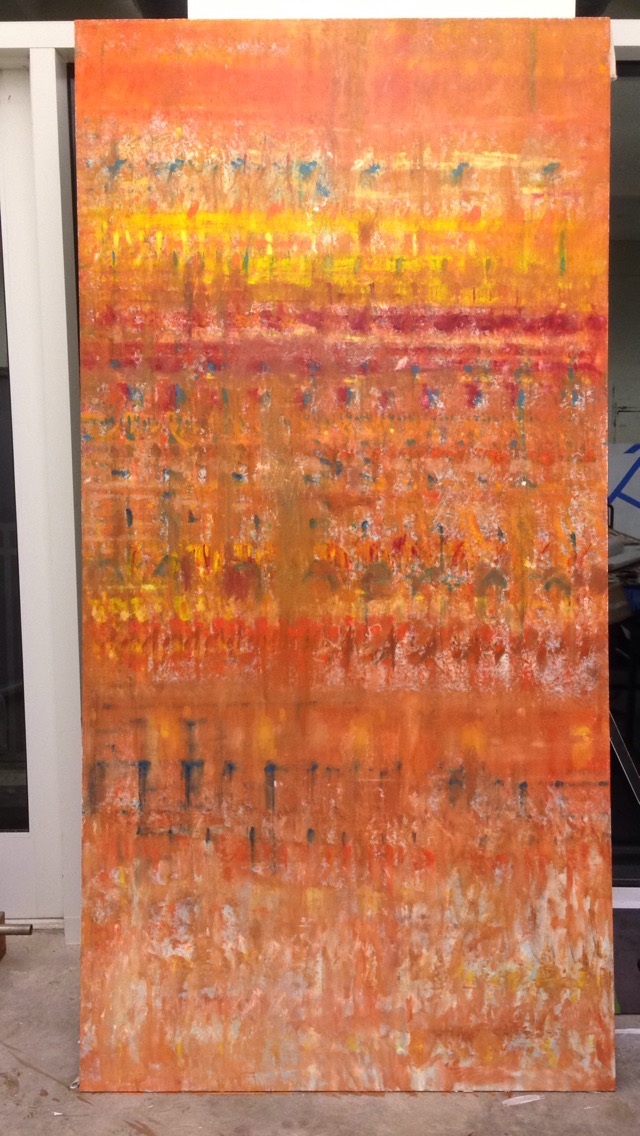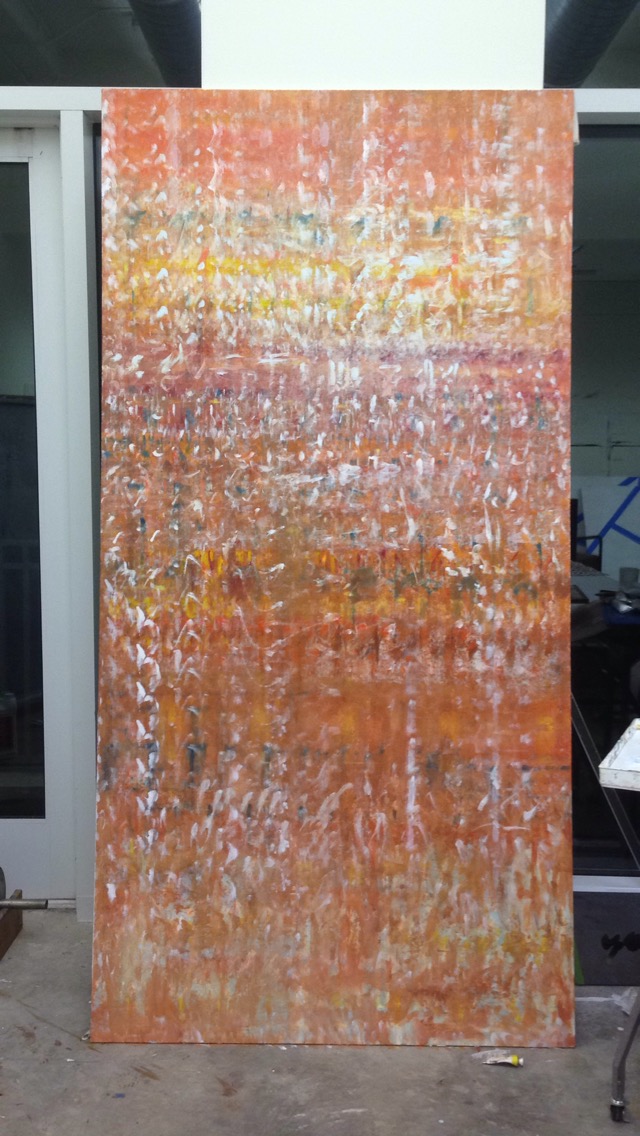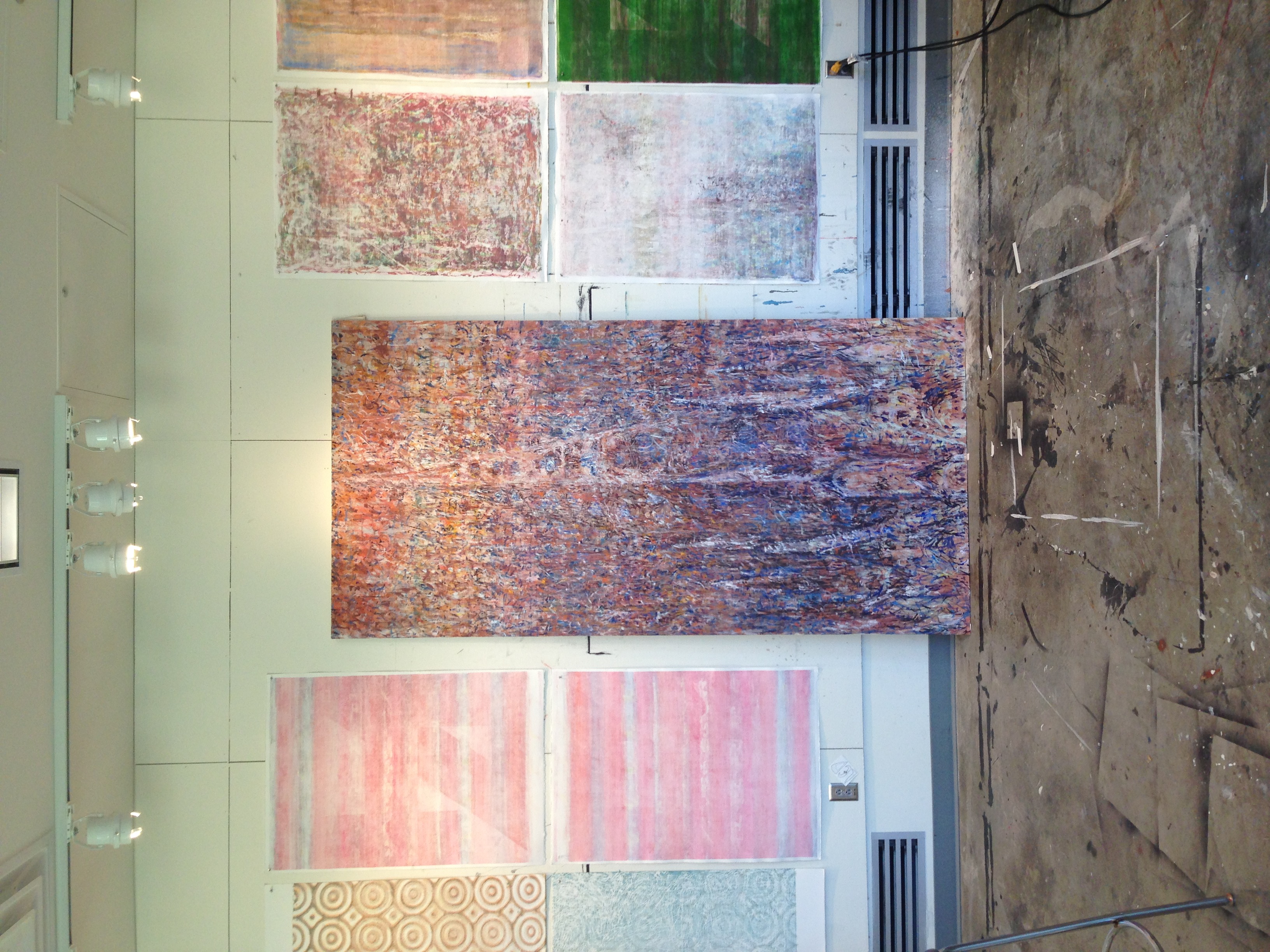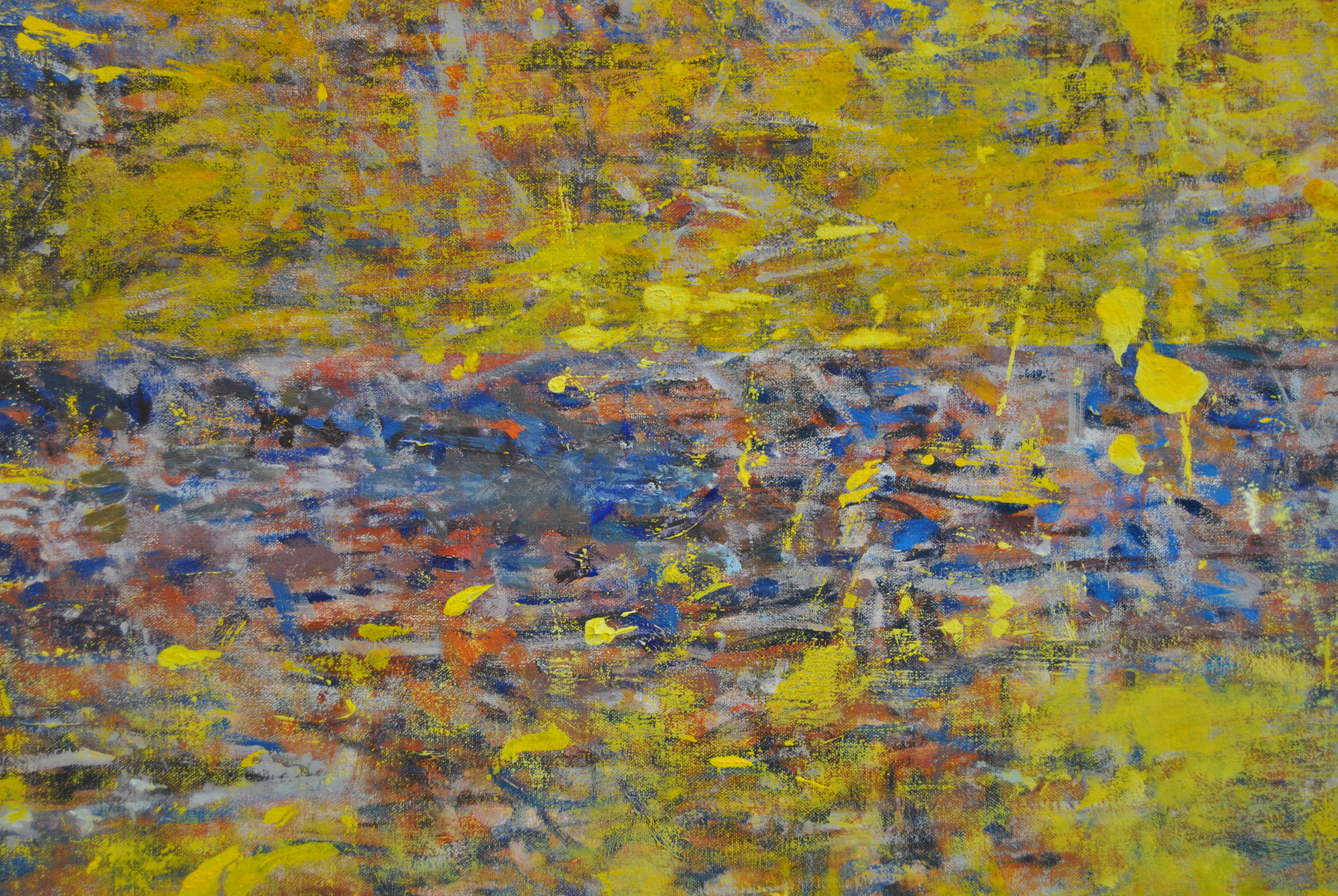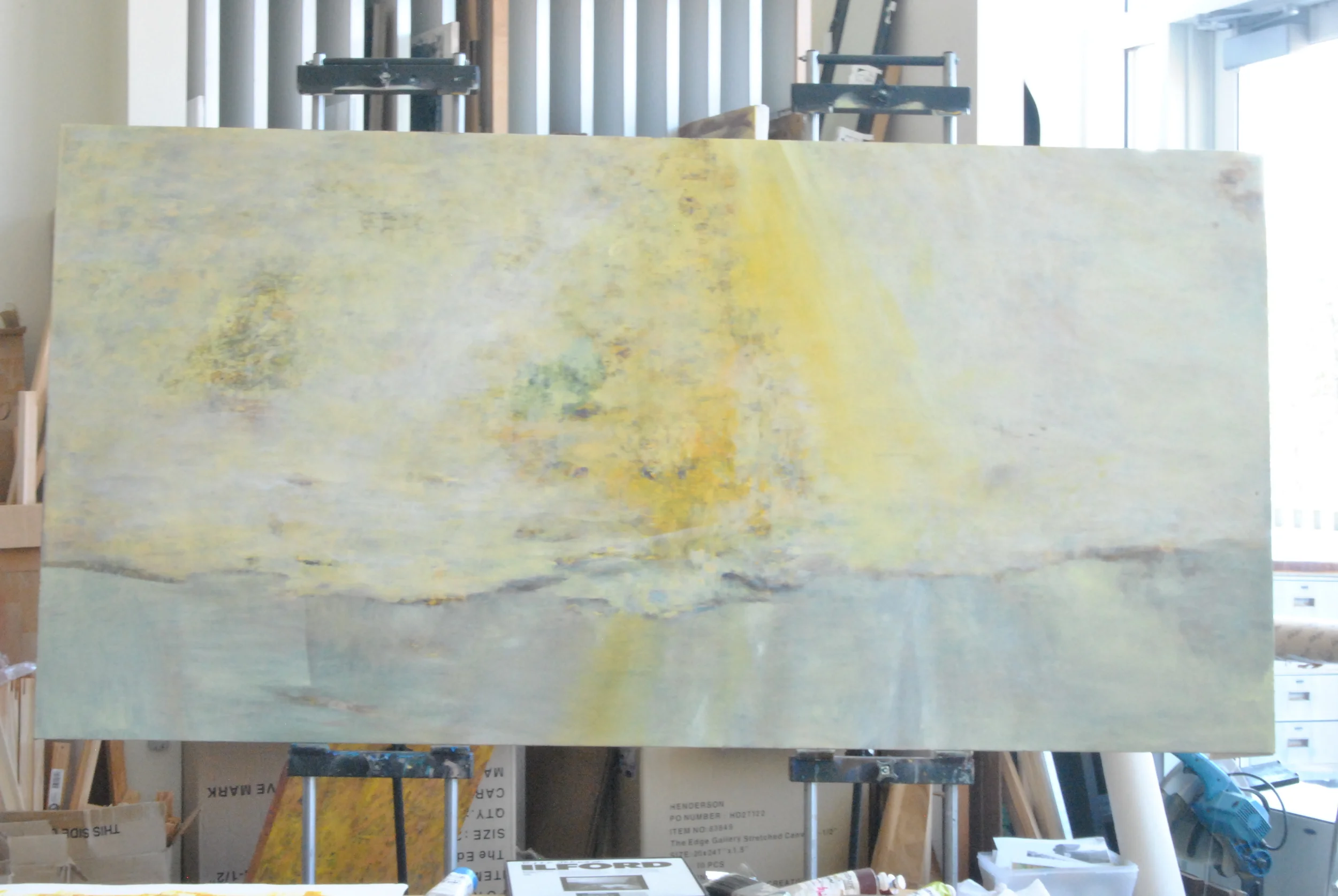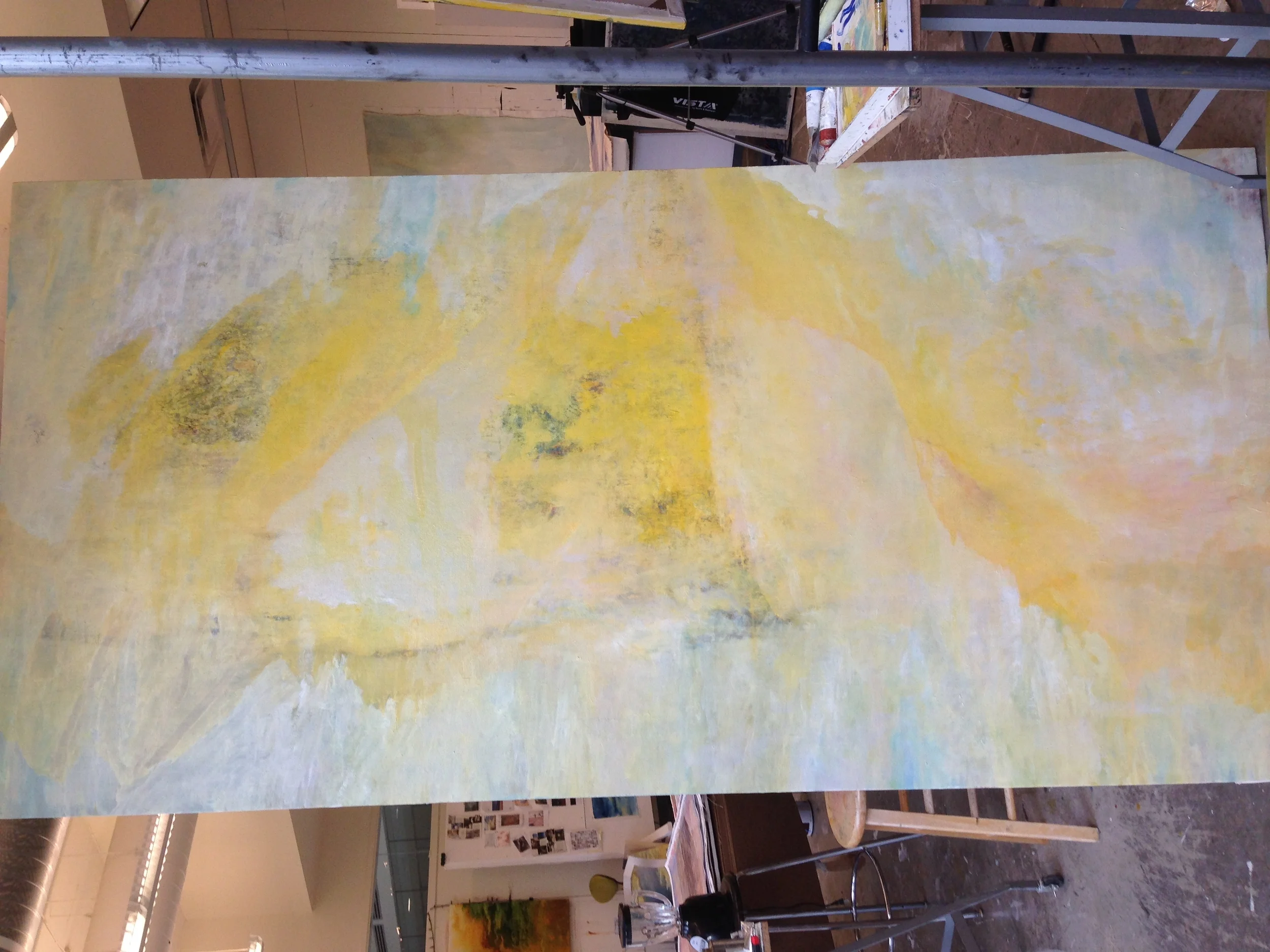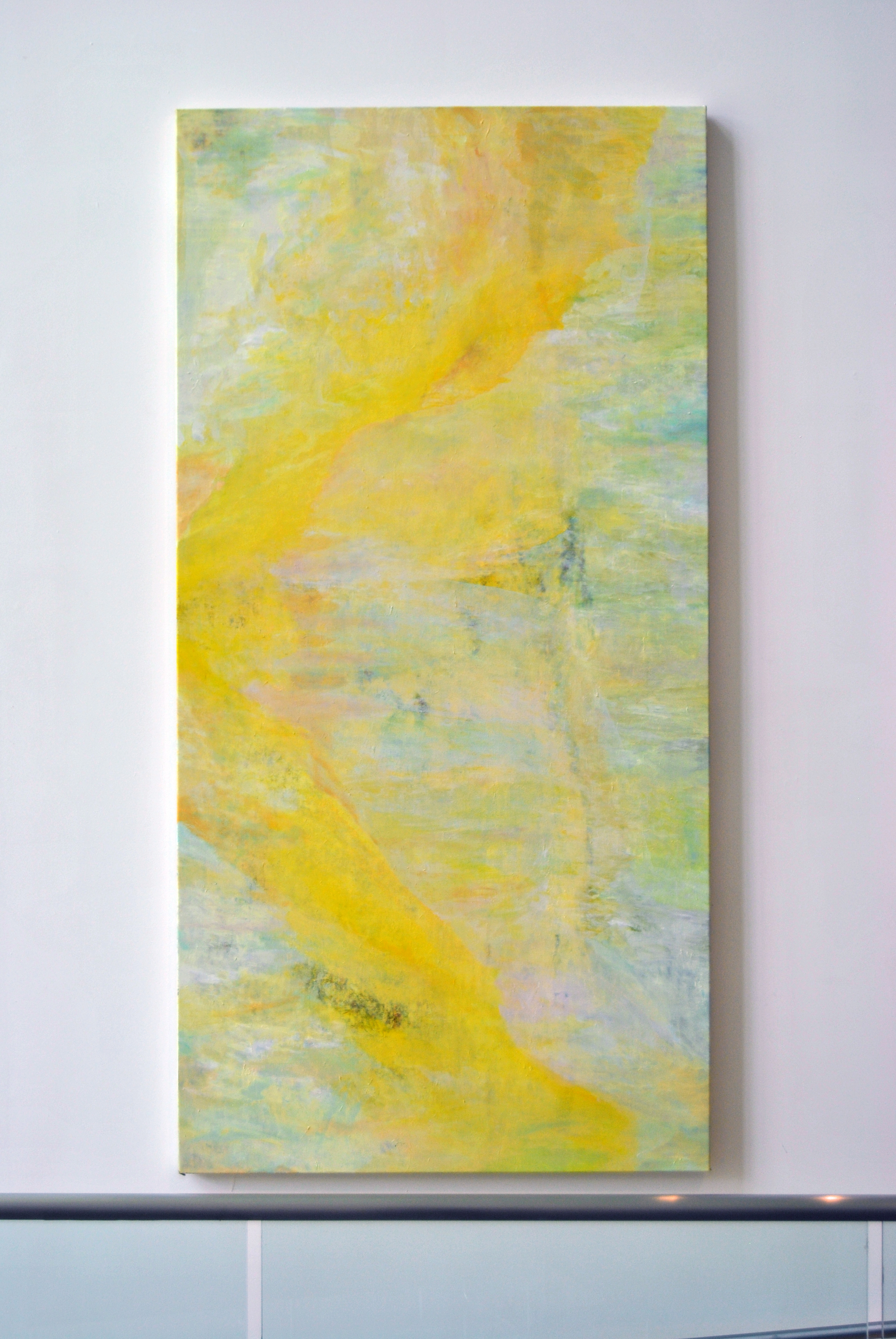"Is it finished?"
This is a question that two types of people are asked. The first type are criminal masterminds and people who plot nefarious deeds. Usually their henchmen use these words, hesitantly, to ask about some part of the mastermind's plan which cannot be referred to directly for secrecy's sake. The words "Is it finished?" could, for instance, refer to the scheduled deed of decapitating a hostage and then sinking his headless body deep into the Hudson River.
When this question is asked to the second type of person, an artist, it is usually done less treacherously, though maybe with the same furtive tone. A person may stand looking at a painting with the artist who created it, and ask "Is it finished?" quietly, wondering if the artist has reached a point where he or she will no longer apply paint to the painting's surface.
(click on the arrows to scroll through more pictures)
Since I am both of those types of people, I get asked this question a lot. I am fortunate that my informants keep me in tight control of the criminal underworld, and unfortunate that my style of painting is slow and process-based, which often means I don't know exactly what I want the final painting to look like.
Some paintings flow naturally. I always have a general direction that I work toward, but at the same time I look for qualities in the form and color that could be improved. I like to work with systems, meaning that I create rules or patterns for myself. That way, the painting takes certain steps, and I can at least move forward without having to plan my whole process. The process isn't random, but I like to invite in an element of chance.
The pictures above show the slow evolution of a piece I now call "Veil III," or, "Radiance Washes Over This Threadbare Universe." As you can see, it went through several major changes. Over time, I rotated the painting, worked on it on the floor, stretched it over plywood and used ink rollers. Once I got tired of the painting's direction, the best thing to do was to start a new idea. In the end, I'm looking for something elusive, something that makes me wonder how I even made it; I'm looking for the art to become more important than the artist.
The painting went from looking like this...
...to this.
So how do I know when to stop? It's usually a long process of looking and sensing. Eventually I have to say there's nothing else I can do that will improve the work. Right now you can see the final painting on my buy page. This means that, as far as I know, the painting is "finished".
Ryan
